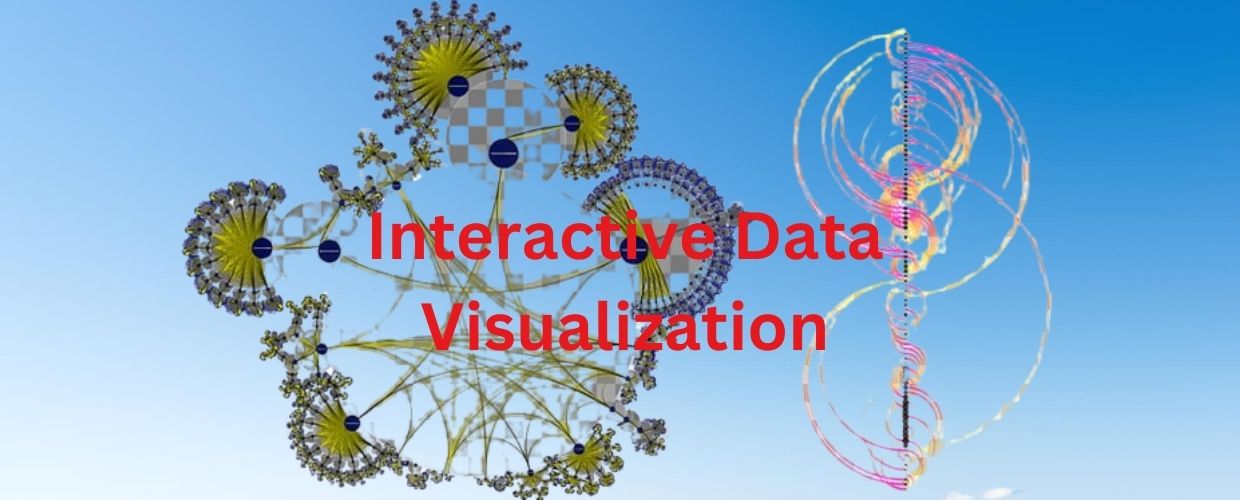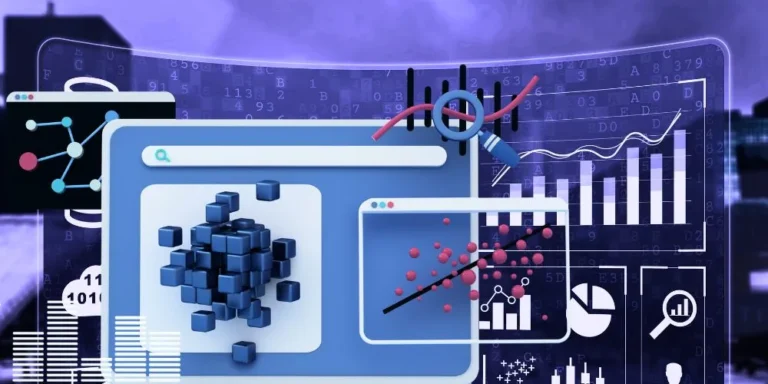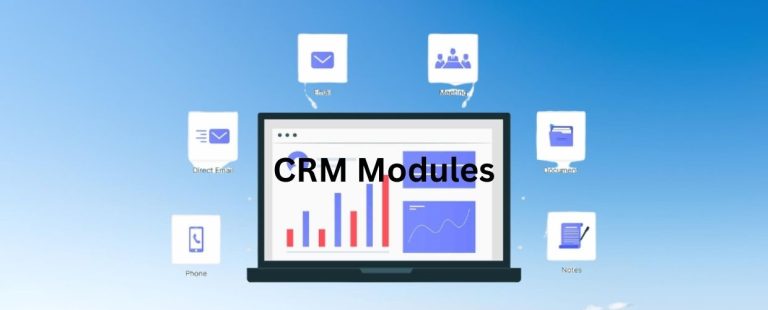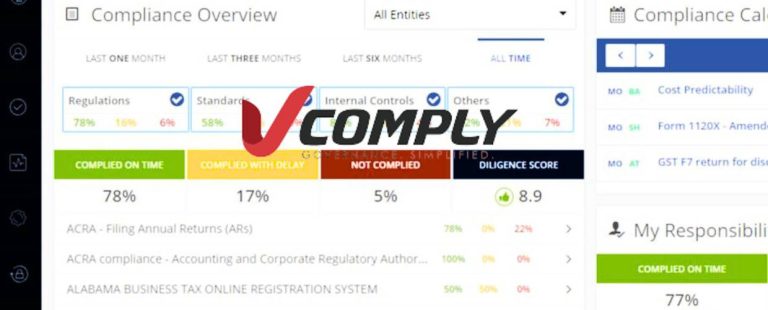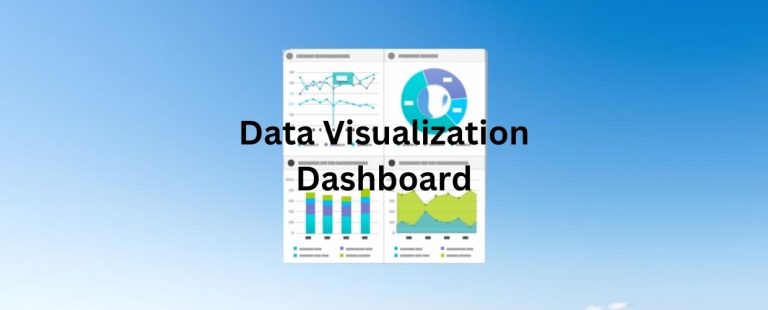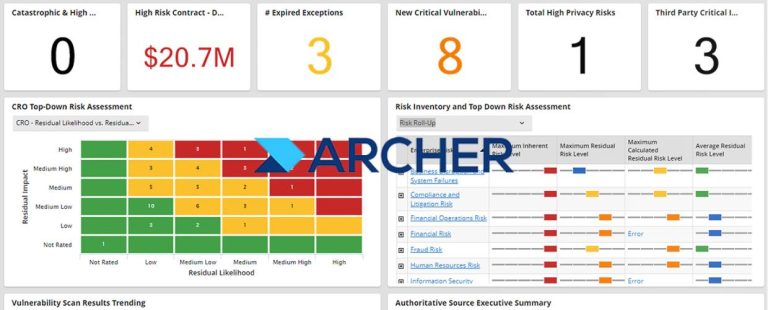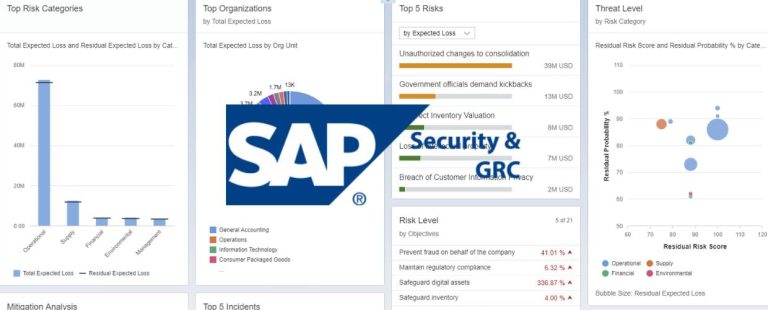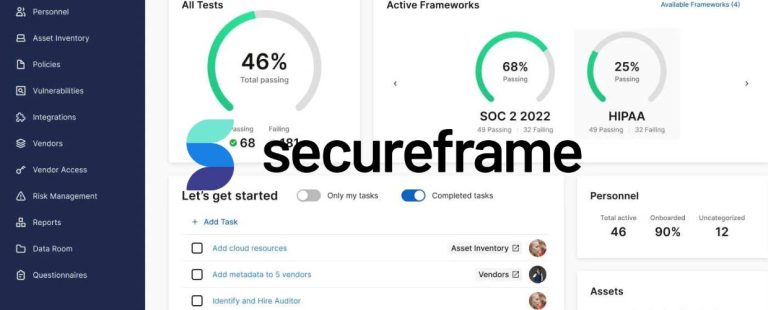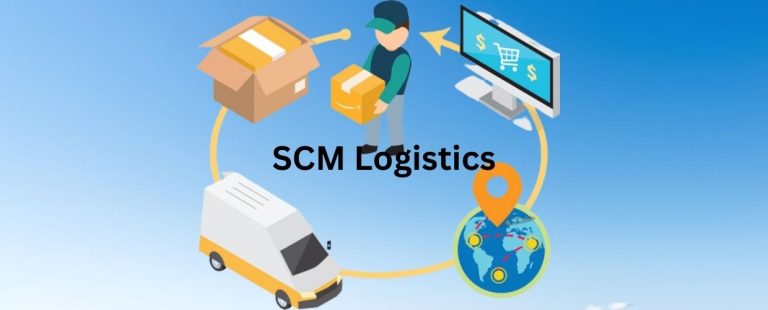In today’s data-driven world, information overload is a familiar challenge individuals and organizations face. Data visualization emerges as a powerful tool to make sense of complex datasets by presenting them visually, engagingly, and intuitively. Among various forms of data visualization, “Interactive Data Visualization” stands out as an exceptional method to unlock insights, enabling users to interact with the data and discover patterns, trends, and correlations in real time. This article explores the concept of interactive data visualization, its benefits, and its significance in enhancing decision-making and understanding complex information.
Understanding Interactive Data Visualization
Interactive data visualization is a dynamic approach to representing data through charts, graphs, maps, and other visual elements that allow users to interact with the displayed information actively. Unlike static visualizations, interactive visualizations allow users to explore data from different perspectives, zoom in and out, filter data points, change variables, and perform other manipulations that unveil hidden insights. This level of engagement empowers users to create more informed decisions and better understand the underlying data.
Interactive data visualizations can be broadly categorized into two main types: exploratory and explanatory. Exploratory visualizations allow users to freely explore datasets and derive insights as they interact with the data. On the other hand, explanatory visualizations are created to present specific insights or findings compellingly and interactively.
Benefits of Interactive Data Visualization
Interactive data visualization is a powerful tool to help people better understand complex information. Its ability to present data in a visual format makes it easier to identify patterns and trends and explore data more engagingly.
Improved Data Exploration
Interactive data visualizations enable users to navigate vast datasets effortlessly. By offering interactive controls, users can focus on specific data subsets, identify outliers, and explore trends or anomalies that might not be apparent in static representations. This enhanced exploration capability allows users to delve deeper into the data and extract meaningful insights.
Real-Time Insights
Traditional data visualization methods provide valuable insights but cannot adapt to real-time changing scenarios. On the other hand, interactive data visualization empowers users to adjust parameters and instantly visualize the impact of those changes. This real-time feedback aids in making swift decisions and grasping the implications of different scenarios.
Enhanced User Engagement
The interactive nature of these visualizations enhances user engagement and promotes data-driven thinking. By encouraging users to actively explore data, interactive visualizations foster a deeper connection with the information, leading to a more profound understanding of complex datasets. Users become more immersed in the data, allowing them to make connections and draw conclusions that static visualizations may not reveal.
Identification of Patterns and Trends
Interactive data visualization helps identify patterns, trends, and correlations that may remain hidden in traditional static visualizations. Users can dynamically adjust axes, apply filters, and manipulate data elements to reveal meaningful relationships, enabling data-driven decision-making. This ability to interact with the data in real time enhances the chances of discovering valuable insights and can lead to more data-driven and informed decision-making processes.
Customization and Personalization
Interactive data visualizations offer customization options, allowing users to tailor visual representations according to their preferences and needs. Users can choose different chart types, color schemes, and data representations to create personalized visualizations that effectively communicate their findings. Customization empowers users to share their insights more effectively, making the visualizations more persuasive and impactful.
Facilitation of Collaboration
Interactive data visualizations foster collaboration among teams and stakeholders. Users can share insights, exchange ideas, and collectively analyze data by providing an interactive platform, leading to more collaborative and data-informed decision-making processes. Joint data exploration allows teams to collaborate, leveraging their expertise to gain deeper insights and arrive at well-informed conclusions.
Storytelling with Data
Interactive data visualizations offer a unique opportunity for storytelling with data. By combining narrative elements with interactive features, data storytellers can guide users through a compelling data-driven narrative, helping them understand complex concepts and data relationships more effectively. This storytelling approach makes data communication more accessible and engaging for a wider audience.
Significance in Decision-Making
Interactive data visualization plays a crucial role in enhancing decision-making processes across various domains.
Business Intelligence and Analytics
In the business world, interactive data visualization tools are indispensable for data analysts and business professionals. These tools allow them to analyze sales figures, customer behavior, market trends, and other business metrics in real time, leading to better strategic planning and more informed decisions. By visualizing key performance indicators and business metrics interactively, businesses can quickly identify areas that need improvement and adjust their strategies accordingly.
Scientific Research
Scientists and researchers benefit significantly from interactive data visualization. They can explore complex scientific data, such as climate patterns, genetics, or medical research, in a way that facilitates understanding and accelerates discoveries. Interactive visualizations help researchers spot patterns, correlations, and outliers in their data, providing valuable insights into various scientific phenomena.
Financial Analysis
Financial analysts utilize interactive visualizations to study market trends, analyze investment portfolios, and identify opportunities or risks. The ability to dynamically adjust data parameters allows for better risk management and more accurate predictions. Interactive financial visualizations enable analysts to perform what-if scenarios and stress tests to evaluate the impact of different market conditions on investment portfolios and financial performance.
Data Journalism
Interactive data visualizations have revolutionized data journalism, enabling reporters to present complex information in a compelling and easily digestible manner. Readers can interact with the data, making the news consumption experience more engaging and insightful. Data journalists use interactive visualizations to break down complex stories into interactive charts, graphs, and maps, giving readers a deeper understanding of the underlying data and its implications.
Public Policy and Governance
Governments and policymakers use interactive visualizations to analyze social and economic data. These visualizations aid in understanding demographic trends, identifying areas requiring intervention, and formulating evidence-based policies. By visualizing public data interactively, policymakers can communicate their decisions more transparently, engaging citizens in policy-making and fostering a sense of data-driven governance.
Conclusion
Interactive data visualization represents a paradigm shift in comprehending and utilizing data. Empowering users to explore, manipulate, and engage with complex datasets facilitates a deeper understanding of information, leading to better decision-making and informed insights. From businesses to research institutions, interactive data visualization has become an indispensable tool to unlock hidden patterns and trends, fostering innovation and driving progress across various domains. As technology continues to evolve, interactive data visualization will remain a cornerstone in the quest for meaningful insights from the vast sea of data surrounding us. Embracing interactive data visualization empowers individuals and organizations to make data-driven decisions and leverage the power of information for positive change and growth.
